Work
Table of Contents
I’ve worked at some fantastic companies over the course of my career so far, and I’ve been involved in many technically and creatively challenging projects. This is a set of highlights.
ML product prototyping (2023-) #
ML is a fascinating new field for me, and with the emergence of stunning new technical possibilities enabled by image generation, speech recognition and generation, and multi-modal LLMs, it’s opened up amazing frontiers for new kinds of products. The most substantial of these investigations has been in narrative fiction comprehension and knowledge graph compilation. This work is on-going, and I will be able to publish more about this work soon!
Playdeo (2015-2022) #

I co-founded Playdeo in 2015 with Jack Schulze and Timo Arnall. Our work in mobile mixed reality games was highly complex, and both technically and creatively interesting. I’ve written up the history of our work up until the release of our first game, Avo:
- Playdeo Pt. 1 - Material Exploration
- Playdeo Pt. 2 - Building Avo
- Playdeo Pt. 3 - Technology and Tools
Moo NFC (2014-2015) #

After finishing at BERG and BERG Cloud, I joined business card company Moo to work on a project to bring programmable, customisable NFC cards to their product range. It involved prototyping, creation of custom programming hardware, a customer service layer, and installation/operation in the Moo factories in the US and UK. The write-up linked below was originally posted to Medium when we launched.
The BERG years (2009-2014) #
I was the CTO of world-renowned design company BERG, and during my time here I’ve had the pleasure of working with some extraordinarily talented people on a range of ground-breaking projects.
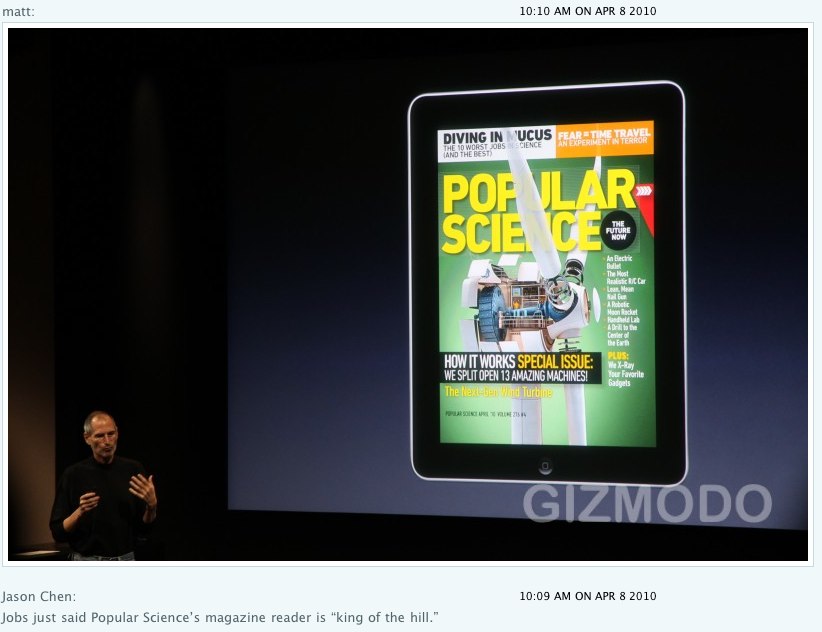
Mag+ was one of the first digital magazines specifically built for the iPad. It was an incredibly intense project as we were asked to make the app available for the iPad launch in April 2010 with only a handful of weeks to build the entire application, online store and first edition. It was received incredibly well, with Steve Jobs calling it out onstage at the iPad launch event as the “king of the hill” when he demonstrated it on stage. It’s gone on to become a product in its own right - you can read more at www.magplus.com.
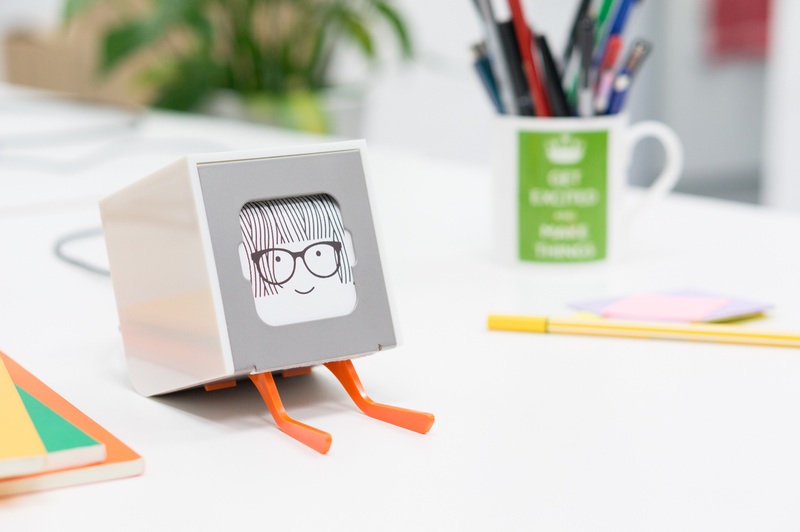
Little Printer and Berg Cloud were by far the most complex and unique projects I worked on at the company. This was a hugely ambitious endeavour to create a wireless, internet-connected printer for the home. It needed a fully functional mobile-first website that included social messaging, regular content delivery from a broad number of recognisable sources and a full developer API for anyone to use. We released it in 2012 and went on to sell thousands to customers all around the globe.
It took a team of about 10 people around two years to fully realise this work, with me serving as overall technical architect and embedded Linux expert. It was crowd-funded by Berg through pre-orders, sold online through our own store and has been nominated for awards for its eye-catching design and packaging.
We then took the core technology behind Little Printer and embodied that in a easy-to-use development board which was compatible with Arduino, Mbed and Raspberry Pi, and created the Berg Cloud platform for IoT development.
Matt Brown has a fantastic project write-up on his personal website which covers the initial product sketches and industrial design.
The other notable aspect of the project were community efforts to keep Little Printers functioning, despite BERG having shuttered its doors. This is nicely written up by Nord Projects, and was enabled by one of my final acts on the original codebase.
All of the original Zigbee communications stack was based on Silicon Labs EmberZNet. We implemented SWIG wrappers to allow us to script the runtime behaviour in Python, and because it was standard Python, it was possible to add a small degree of user configurability.
Traditionally the bridge would only speak to the official BERGCloud servers, but as a way to mitigate this hard dependency, I implemented a minimal webserver bound to port 81 which allowed someone to connect to it on the local network and change the source of authority. This would allow anyone to spin up a replacement command server, as long as it spoke the right protocol.
Matt Webb ultimately reimplemented a drastically cut down backend which offered this basic auth and command facility, and named this Sirius. These two acts would allow the project to have an extended life for those who could figure out the technicalities. Not ideal, but better than IoT devices that instantly become e-waste as soon as the parent company ceases trading.
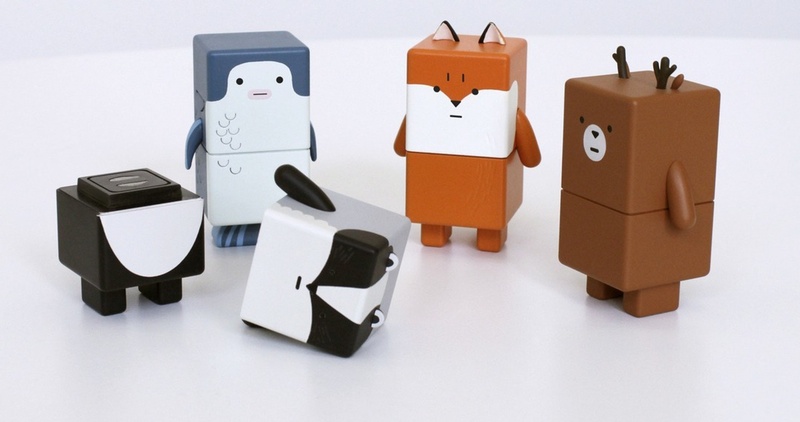
In early 2011 I worked on an augmented reality project called Suwappu with AR specialists Zappar for mcgarrybowen (now Dentsu). I worked directly with the technical team at Zappar as well as creating prototype iOS applications to demonstrate the AR concept.
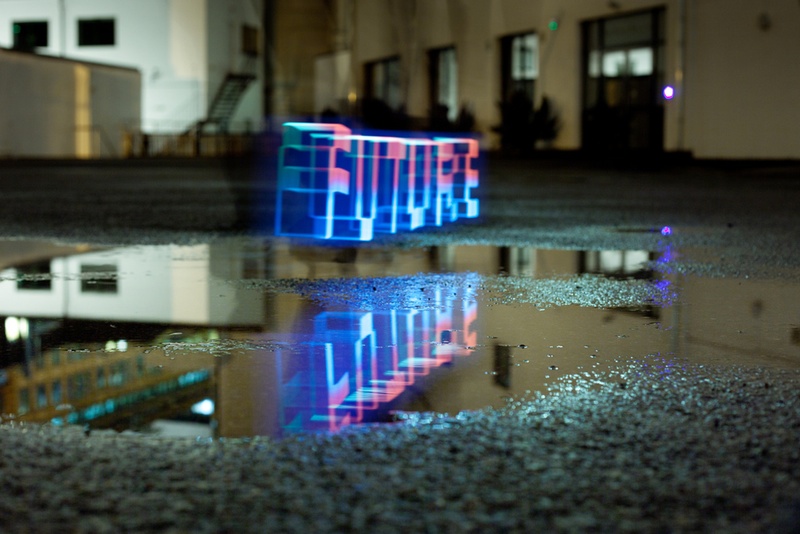
I wrote an accompanying app called Penki for our Making Future Magic video, and it went live in the app store in November 2010. Engadget said:
Sadly it’s no longer available, but there’s a Penki Flickr group demonstrating what was possible using the app.
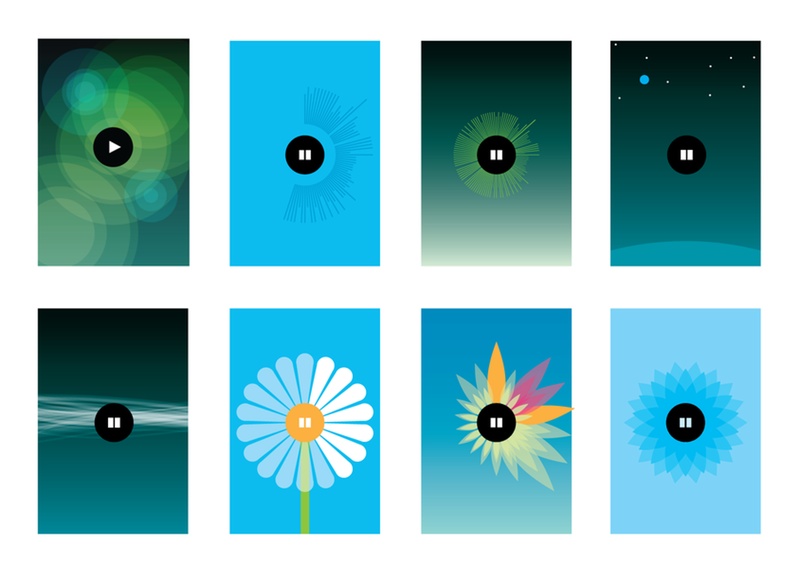
In late 2009 I worked on an iOS application with the incredibly talented designer Matt Brown. The app was an audio course designed to help you learn foreign languages. The course in question was from the world famous Michel Thomas, and we set about deriving brand new interactive experience from the original source material. I’m really pleased with the way this project turned out and it’s garnered fantastic feedback since its launch.
The app has done wonders to my language skills. I had the CDs but this is far better as I can use flash cards and see how things are spelt straight after the lesson.
I really enjoyed working on this, as it was a perfect blend of tight, mobile-optimised user interface work along with the quirky and playful “Learning room” audio playback screen.
The Mill / Mill Colour (2007-2009) #
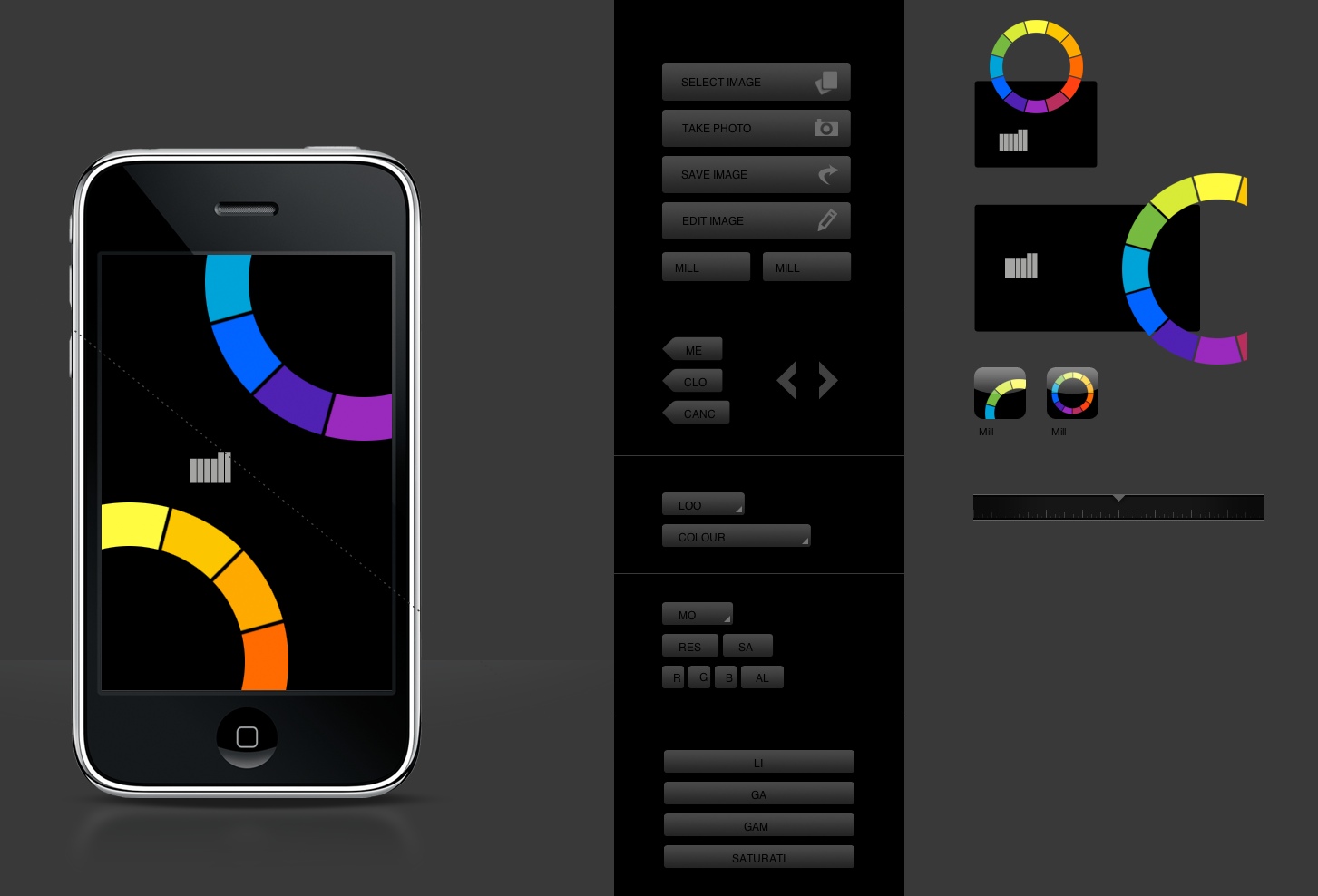
In 2009 I worked with acclaimed post-production house The Mill. I collaborated with designer Ian Wharton on an iOS application called Mill Colour. This app is an advanced image manipulation system which gives you the ability to apply filters to your photos. It also allows you to manipulate the original image in order to fine-tune the overall look.
The filters made available in the app were derived from the actual grades used on a series of famous TV commercials from The Mill’s portfolio. The mathematics used in the engine of the app used the same algorithm and controls of the high-end systems used on those commercials, and I designed a custom colour workflow to faithfully map the original colour grade into the iOS app.
It was released as a free app, and it went on to have over a million downloads world-wide, and spawned a popular Flickr group with over 2300 images added.
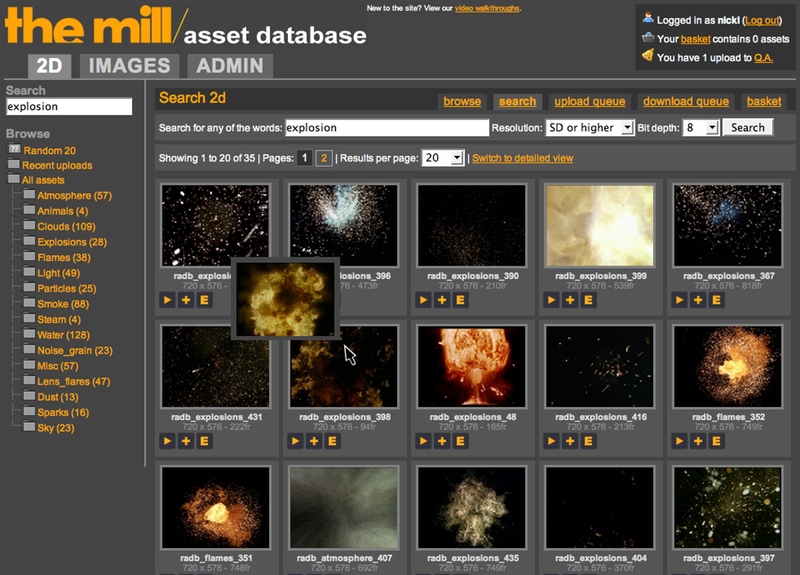
Along side Mill Colour I also implemented a large scale, tightly integrated Media Asset Management system, written in Ruby on Rails. It supports storage of both still images and movie clips, along with free-text searching, categorisation, tagging, user ratings, and direct delivery to third party applications such as Autodesk’s IFFFS systems.
Framestore (2004-2006) #
I worked at Framestore as Head of Systems Development from 2004 to 2006, helping modernise many of the internal systems and infrastructure. This included working with the 35mm film scanners, laser film recorders, tape archival software and process, and advanced network-attached storage trackers.
During my time there I was lucky enough to witness the fast-approaching tsunami of digital video which was about to revolutionise the internal workflow which was based on 35mm film for so long.
UCLA & NASA (1998) #
Although a long time ago, I also had the pleasure of working at UCLA on the sadly ill-fated Mars Polar Lander project back in 1998. My role involved helping design and develop software which would take the raw data beamed directly back from the probe, and convert and publish this on the outreach website set up to make as much of the data as we could available online.
It was an incredible experience, and I’m enormously thankful to Dave Paige, Karen McBride and Ian McEwan for the opportunity.